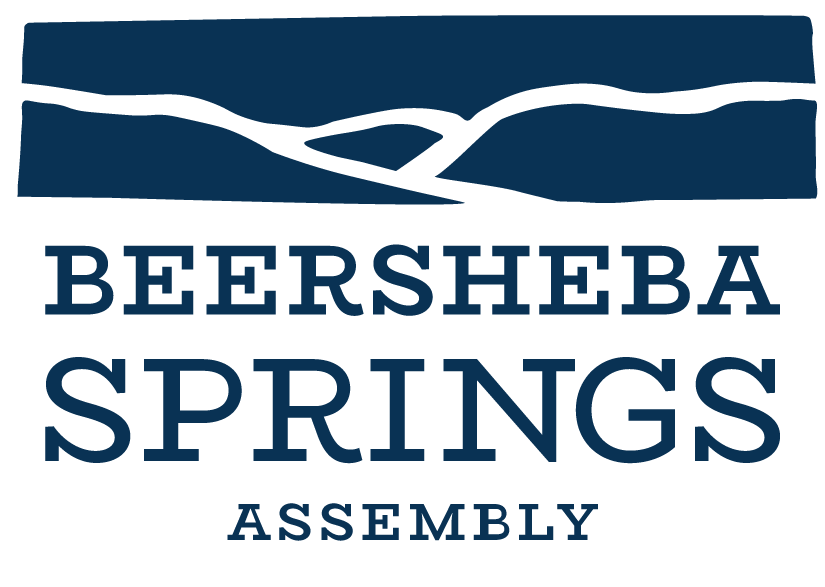About Us
WHO WE ARE
Beersheba Springs Assembly stands on the edge of the Cumberland Plateau and overlooks the scenic Collins River Valley. It consists of a pre-Civil War Hotel and its surrounding historic buildings. In 1941, the Tennessee Conference of the Methodist church purchased the property and sought to restore it to a place where people want to gather. Since then, BSA has offered guests from all walks of life a place to seek God in a natural setting, offering modern and vintage accommodations, warm hospitality, great meals and beautiful sacred space.
Beersheba Springs Assembly accommodates
events such as:

Large conference or church events of up to 250 persons

Local church family retreats

Church staff retreats

Planning retreats for
Conference committees,
boards and commissions

Clergy personal spiritual and prayer retreats
Mission Statement
Our mission is to offer gracious hospitality while providing opportunities for connecting with God & community.
History
The history of Beersheba Springs Assembly is complicated; birthed in a spirit of healing and retreat, it thrived from the capital investment of notorious slave trader John Armfield. Thus the iconic hotel is forever connected with America’s original sin. Yet, it’s purchase and re-purposing by the Methodists has given a new life and story to Beersheba Springs Assembly. What you’ll read below is only a partial history of a facility full of character, life, and renewal. As you read, know that we are committed to being a place where all are loved because of who they are.
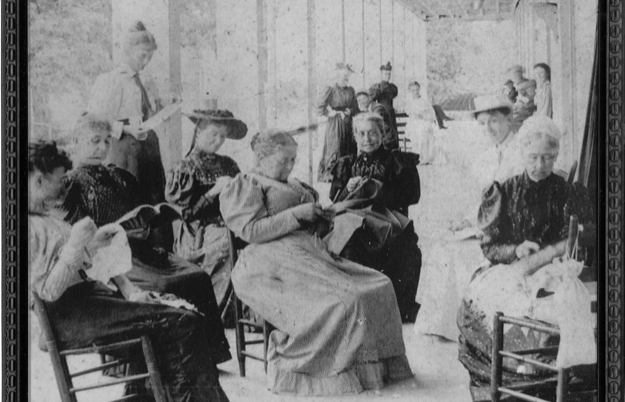
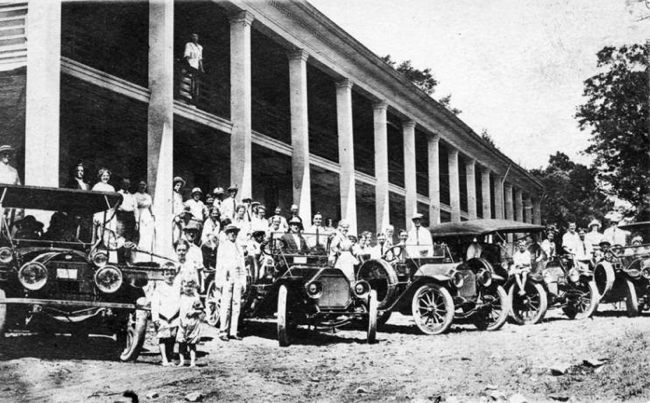
The Early Days
When Beersheba Porter Cain, wife of McMinnville merchant John Cain, followed a mountainous Grundy County pathway in 1833, she discovered the chalybeate spring that would come to bear her name. By 1839, Beersheba Springs had incorporated and begun official operation as a summer resort. A small hotel was built that consisted of a tavern, dining room, along with a row of log cabins. The somewhat primitive establishment benefited from the stagecoach traffic along the new road running from McMinnville to Chattanooga. Cabins sprang up as well-to-do local families discovered this idyllic haven and began making annual treks.
The Early Days
When Beersheba Porter Cain, wife of McMinnville merchant John Cain, followed a mountainous Grundy County pathway in 1833, she discovered the chalybeate spring that would come to bear her name. By 1839, Beersheba Springs had incorporated and begun official operation as a summer resort. A small hotel was built that consisted of a tavern, dining room, along with a row of log cabins. The somewhat primitive establishment benefited from the stagecoach traffic along the new road running from McMinnville to Chattanooga. Cabins sprang up as well-to-do local families discovered this idyllic haven and began making annual treks.
In 1854 John Armfield purchased the resort, added new buildings, and built over 20 homes in the Beersheba Community. An imposing two-story hotel was built (by Armfield) with a view of the valley below, a dining hall with ballroom above, a brick row building and additional log rooms, creating a quadrangle configuration with a grassy courtyard in the center. The hub of the Assembly still centers around these buildings. In its day, the resort offered fine cuisine by French chefs, ballroom dances with a French orchestra, concerts, theatre productions, etc. Sunday services were held by several denominations. It is rumored that President Andrew Jackson stayed at Beersheba Springs to benefit from its healing waters. President James K. Polk held a political meeting in 1840 while Governor of Tennessee.
RECONSTRUCTION
Throughout the civil war the facility was left abandoned or used by the confederate or union armies as shelter, horse stalls, or an infirmary. After the civil war the resort was closed for several years until new buyers could be found in 1875. Through the years 1875 – 1920 the resort struggled and ownership changed rapidly over 2 dozen times. When someone in Nashville area mentioned Beersheba and the beloved inn, the standard question was: “Well, wonder who’s running the Hotel this year?”In the 1920’s it became a junior high and high school for local youth and boarding students. However, deterioration…
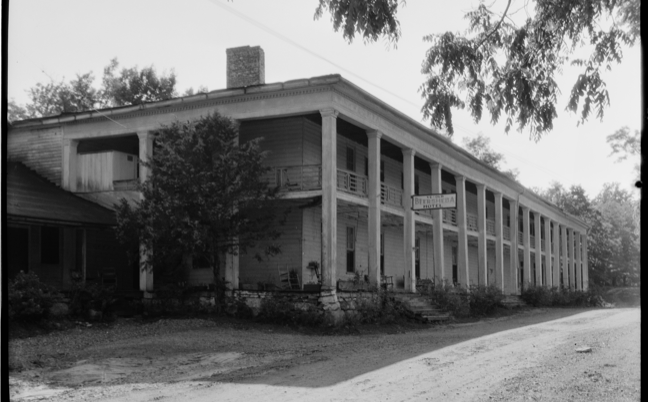
RECONSTRUCTION
Throughout the civil war the facility was left abandoned or used by the confederate or union armies as shelter, horse stalls, or an infirmary. After the civil war the resort was closed for several years until new buyers could be found in 1875. Through the years 1875 – 1920 the resort struggled and ownership changed rapidly over 2 dozen times. When someone in Nashville area mentioned Beersheba and the beloved inn, the standard question was: “Well, wonder who’s running the Hotel this year?”In the 1920’s it became a junior high and high school for local youth and boarding students. However, deterioration caused by time and weather was more and more conspicuous during the depths of the depression. (1) Once an exclusive retreat to U.S. Presidents and Attorney Generals, the Beersheba community now exists as one of the most impoverished in Tennessee, if not the entire South.
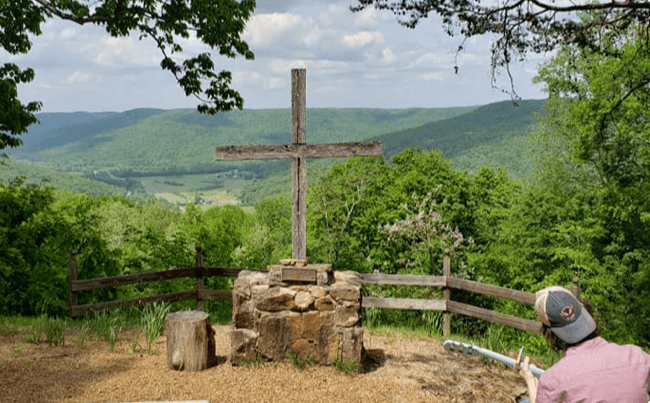
METHODIST FACILITY
In October 1941 the Tennessee Conference of the Methodist Church approved the purchase of the Beersheba Springs Hotel. The $3,000 purchase consisted of 22 acres containing the antebellum inn, several other buildings in a quadrangular configuration on the south side of the inn and a row of sleeping quarters extending further southward from the quadrangle. Often the former resort had simply been called Beersheba, and sometimes the name had been spelled “Bersheba.” The common pronunciation “BURR-shi-buh” was adopted by the Methodists and has prevailed. (2)
METHODIST FACILITY
In October 1941 the Tennessee Conference of the Methodist Church approved the purchase of the Beersheba Springs Hotel. The $3,000 purchase consisted of 22 acres containing the antebellum inn, several other buildings in a quadrangular configuration on the south side of the inn and a row of sleeping quarters extending further southward from the quadrangle. Often the former resort had simply been called Beersheba, and sometimes the name had been spelled “Bersheba.” The common pronunciation “BURR-shi-buh” was adopted by the Methodists and has prevailed. (2)
The hotel compound had stood unused for several years. By the time it was purchased in late 1941, the buildings were in a state of disrepair. The courtyard inside the quadrangle and the lawn areas outside were overgrown with weeds and brush. During the ensuing months, Tennessee Conference Methodists came with their grubbing hoes, hammers, mops and paint brushes. Bishop Paul B. Kern put on his overalls and joined enthusiastic church members in clearing the lawn and repairing, cleaning and painting the buildings as preparations were made to open the facility the summer of l942. Modern conveniences were limited. Although there were electric lights in the common areas, candles provided the only light in the sleeping rooms. There was one bathroom for women and one for men, each containing cold-water showers. That first season of operation, the newly named Beersheba Springs Methodist Assembly Grounds hosted a Youth Assembly, Young Adult Assembly, Pastors’ School, Children’s Workers’ Camp and three weeks of Intermediate Camp. (2)
The rooms were all vintage with shared accommodations and baths. Over time the Conference continued to improve the facilities, being careful to blend new structures with the old architecture:
- The Chapel was completed in 1949; its steeple erected in 1982. Repairs and renovations were done in 2011, including placing new stained glass windows.
- Major renovations to the Hotel were done in 1958.
- In 2002 an upgraded bath house was built in the Quad, a large maintenance building and Turner Family Lodge were completed
- Eastside’s modern two-level building replaced the previous one in 2003.
- In 2004 Gill Dormitory was built and Lower Hotel rooms renovated.
- The Samuel Boyd Smith Multipurpose Building was erected over the old “Slab” in 2006.
- Brick Row was totally renovated inside in 2009 and contains the executive King Conference Room with kitchen, a cheerful nursery with a small kitchen, and three deluxe Bishops Guest Rooms.
“For over 78 years, Beersheba Springs Assembly has played an unforgettable role in the lives of thousands of adults, children, and families. As time has passed the facilities have changed from rustic to modern and the experience of a Beersheba retreat has continued to change lives. We have work of reconciliation and healing left to do. We need our local churches and communities to participate with us in providing and creating spaces of sabbath, creation, and discernment – not because of our history but in spite of it, turning towards God’s love to continue a new story. At present time, Beersheba Springs Assembly offers 65 modern climate-controlled rooms with private bathrooms and linens, and 29 vintage rooms with shared bath facilities.
It is even more important in today’s world that we retreat from our daily lives to experience peace, rejuvenation, and connection with God and ourselves. I invite you to join us on the mountain to experience one of our programmed events or to bring your group for a rejuvenating retreat.”
~ Sarah Ratz, Director of Beersheba Springs Assembly
